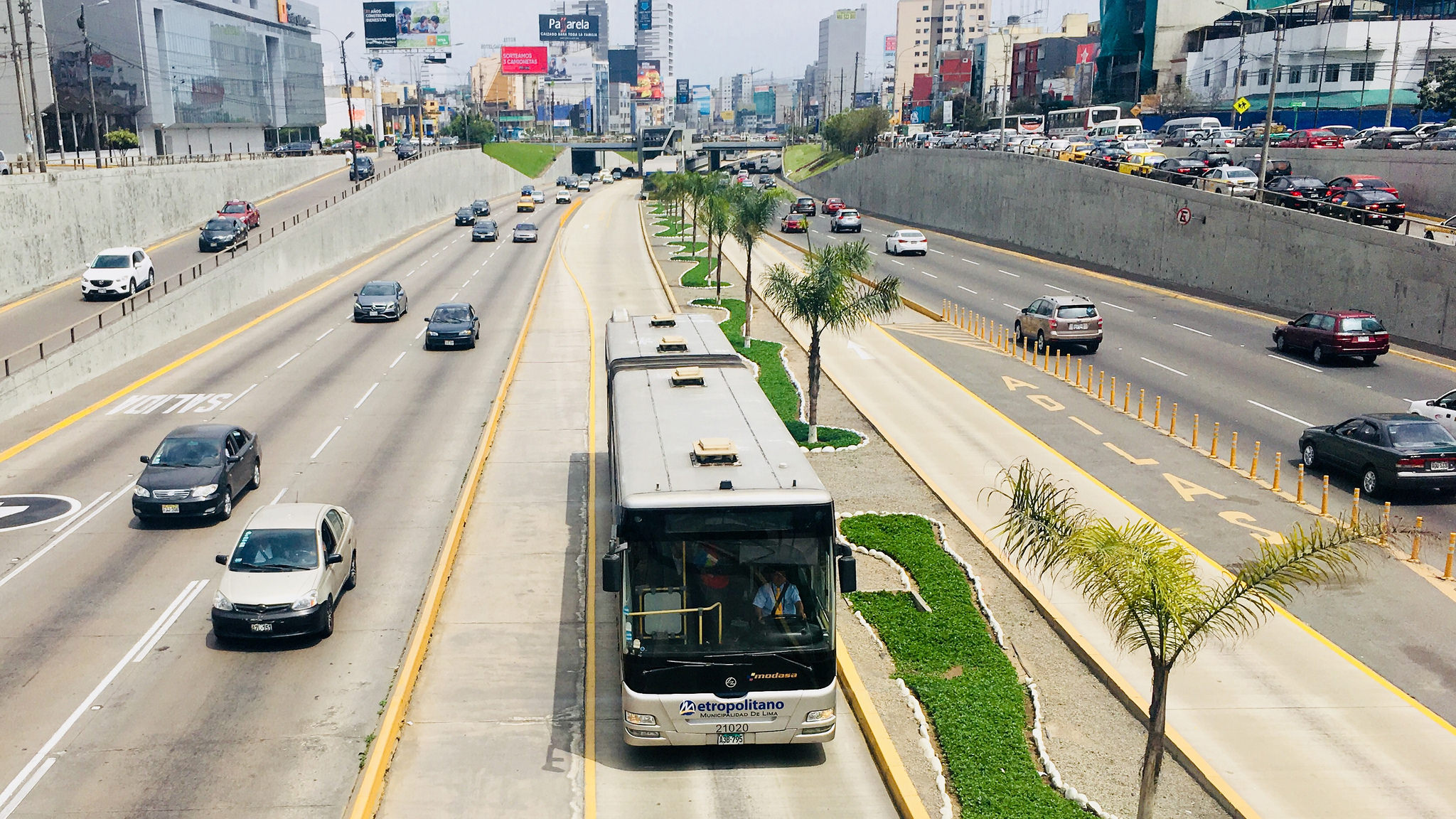
Marco A Rosas
Can Public Transport Be The Central Axis For Sustainable Mobility In A City?
Most Read Stories Today
-
Water Scarcity and Artificial Rainfall: The Positive and The Negative Effects of Cloud Seeding, including Health Hazards and Climate Implications.
-
Renewable Energy in Rural Areas: Challenges, Opportunities, and Successful Rural Projects
-
Pakistan's Agriculture at Risk Due to Climate Variability
-
South Africa's Recent Floods: Is Climate Change to Blame?
-
South Korea's floods: root causes and prevention strategies.
-
South Africa: Cape Town, A City Under Fire
-
The Human Cost of Climate Disasters
-
Our Oceans, Our Future: The South African Dilemma of Overfishing
-
Degenerative Impact of Hydrocarbons On The Environment.
-
Sustainable Urban Planning - Copenhagen and the Path to Climate Resilience
Human beings have inhabited the planet for about ten thousand years, compared to the time that the planet has been around, it is nothing.
Human beings have inhabited the planet for about ten thousand years, compared to the time that the planet has been around, it is nothing. Even so, the impact that has been caused on planetary systems from climate and biodiversity, among others, is only equivalent to the fall of the meteorite in the Yucatan Peninsula.
During this time, mankind has built its habitat in cities, agglomerating and developing, both economically and socially. In cities, there are a significant number of the world's greatest development challenges. At the same time, cities have enormous potential to promote sustainable development. Cities are home to extreme poverty, unemployment, socioeconomic disparities, and unsustainable consumption and production patterns.
Today, cities generate approximately 80% of the world's gross domestic product (GDP). However, they are the main contributors to climate change and environmental degradation. They are responsible for more than 70% of the world's energy consumption and 70% of the world's carbon emissions [1].
It is difficult to conceive of cities without the impacts of agglomeration and development. There are theories such as urban restoration or the decoupling of economic development from the exploitation of natural resources. Actually, if we want to take a city towards a more sustainable state, is necessary to approach it as a whole from a complex system perspective, and for this necessity, we have to start from one element and analyze how it relates to the others.
In the case of urban mobility, I consider that a good starting point towards the sustainability of mobility and therefore of the city is public transport (PT). Although recently there has been a lot of talk about active mobility, cycling and pedestrianization, in addition to shared mobility as a good option for sustainable mobility, PT has great potential to impact a greater number of people and in a holistic way to the urban transport system.
In this sense, from my perspective, it is necessary to improve the operation of PT based on reliability (schedules and frequencies) and comfort so that will be a true option to replace the excessive use of the private car. Another factor in which the PT can impact the sustainability of the city is equity since it allows the integration of both people and marginalized peri-urban regions into the development of the city, facilitating access to areas of the city where there are better jobs and entertainment.
So, improving the operation of the PT from a sustainable vision implies not only that it be more efficient, it implies that the limit of that efficiency is linked to the efficiency of all other modes of transport through connectivity whose priority is holistic and hierarchical, going from the most sustainable mode of transport to the least sustainable.
Thus, the generation by the mobility sector of GHG emissions per capita globally can be significantly reduced by PT use, and it makes it possible to build models of sustainable urban mobility for cities around the world.
Reference
- Osman, T., Kenawy, E., Abdrabo, K. I., Shaw, D., Alshamndy, A., Elsharif, M., ... & Elboshy, B. (2021). Voluntary Local Review Framework to Monitor and Evaluate the Progress Towards Achieving Sustainable Development Goals at a City Level: Buraidah City, KSA, and SDG11 as A Case Study. Sustainability, 13(17), 9555.

Terms & Conditions
Subscribe
Report
My comments